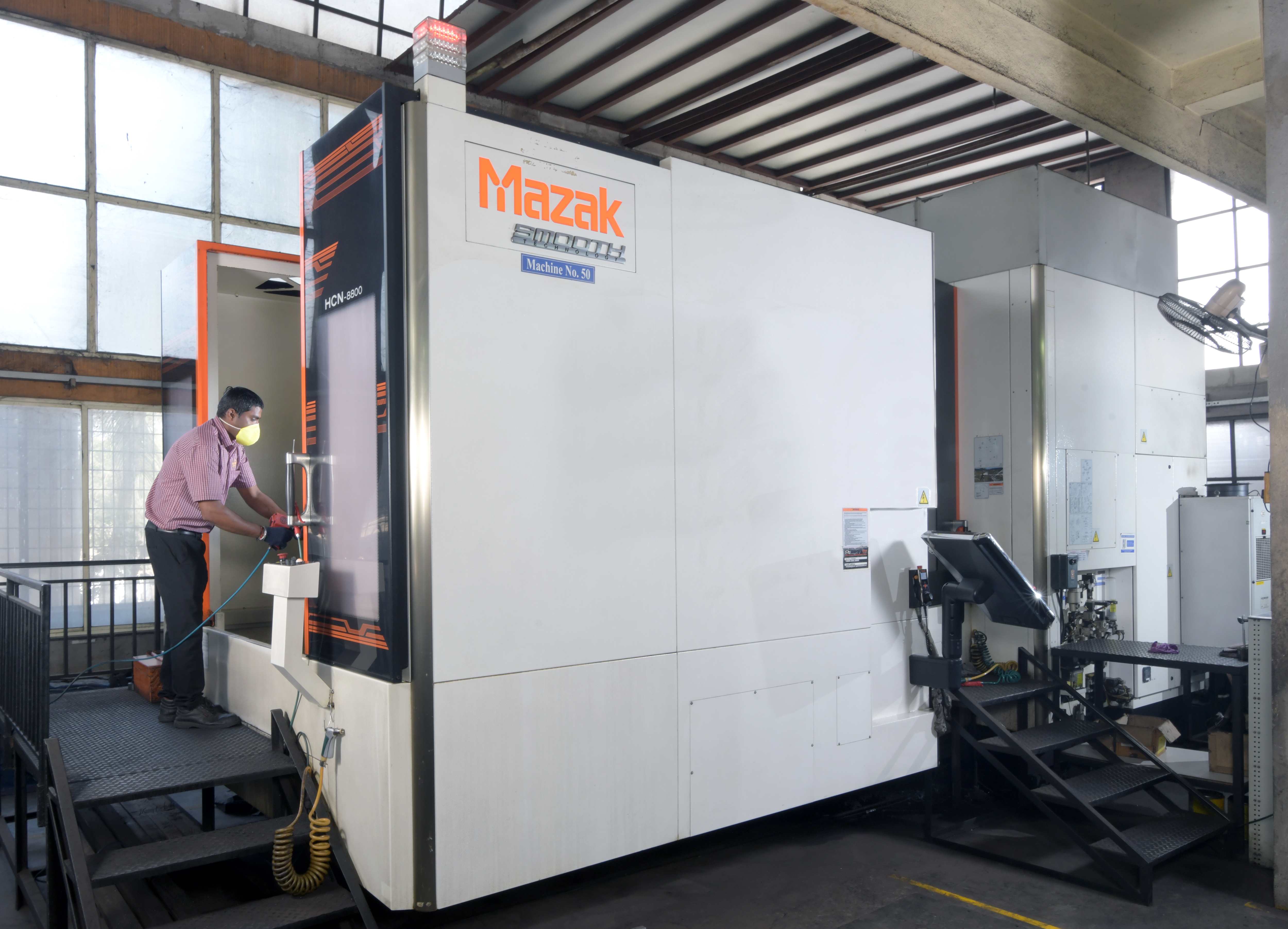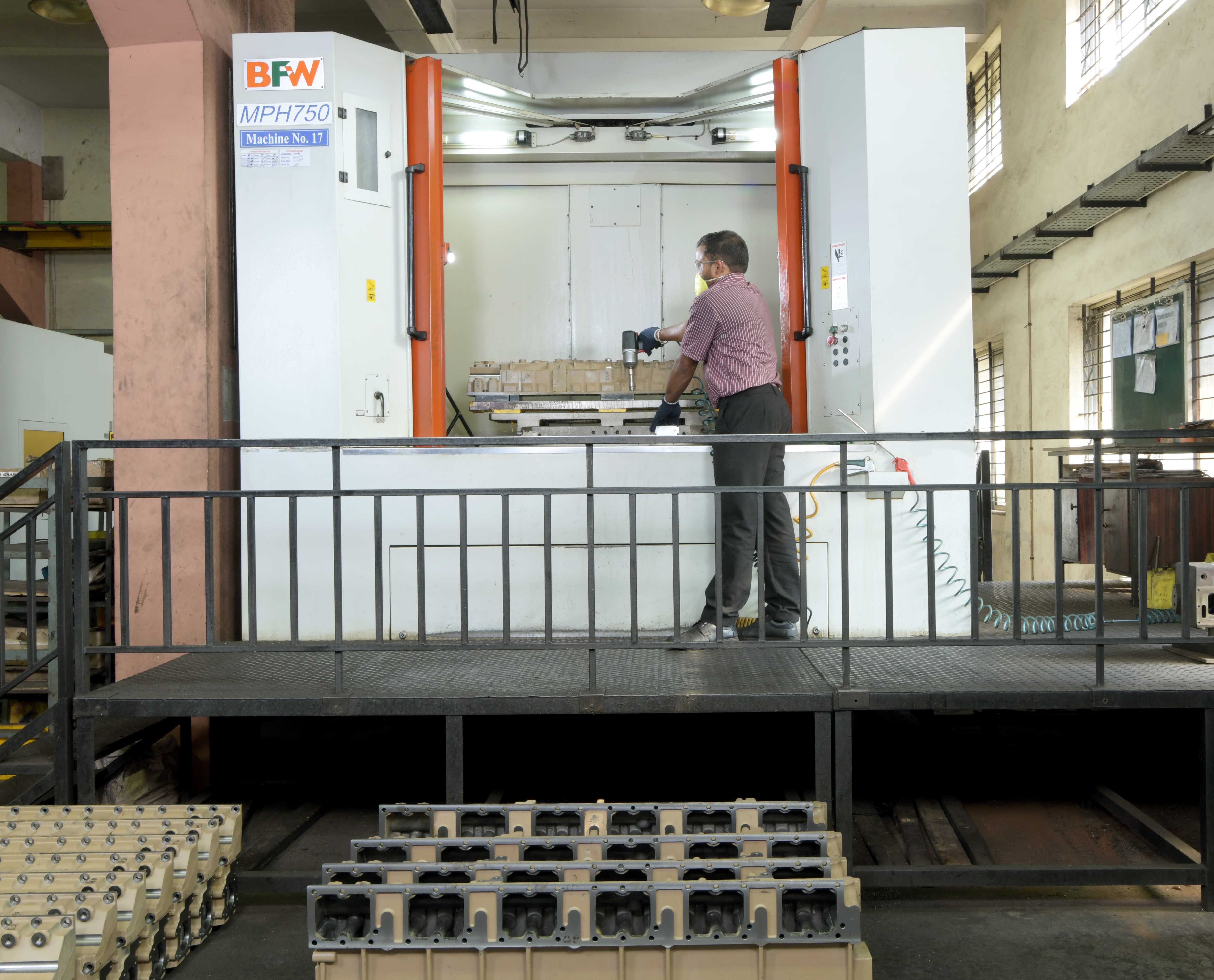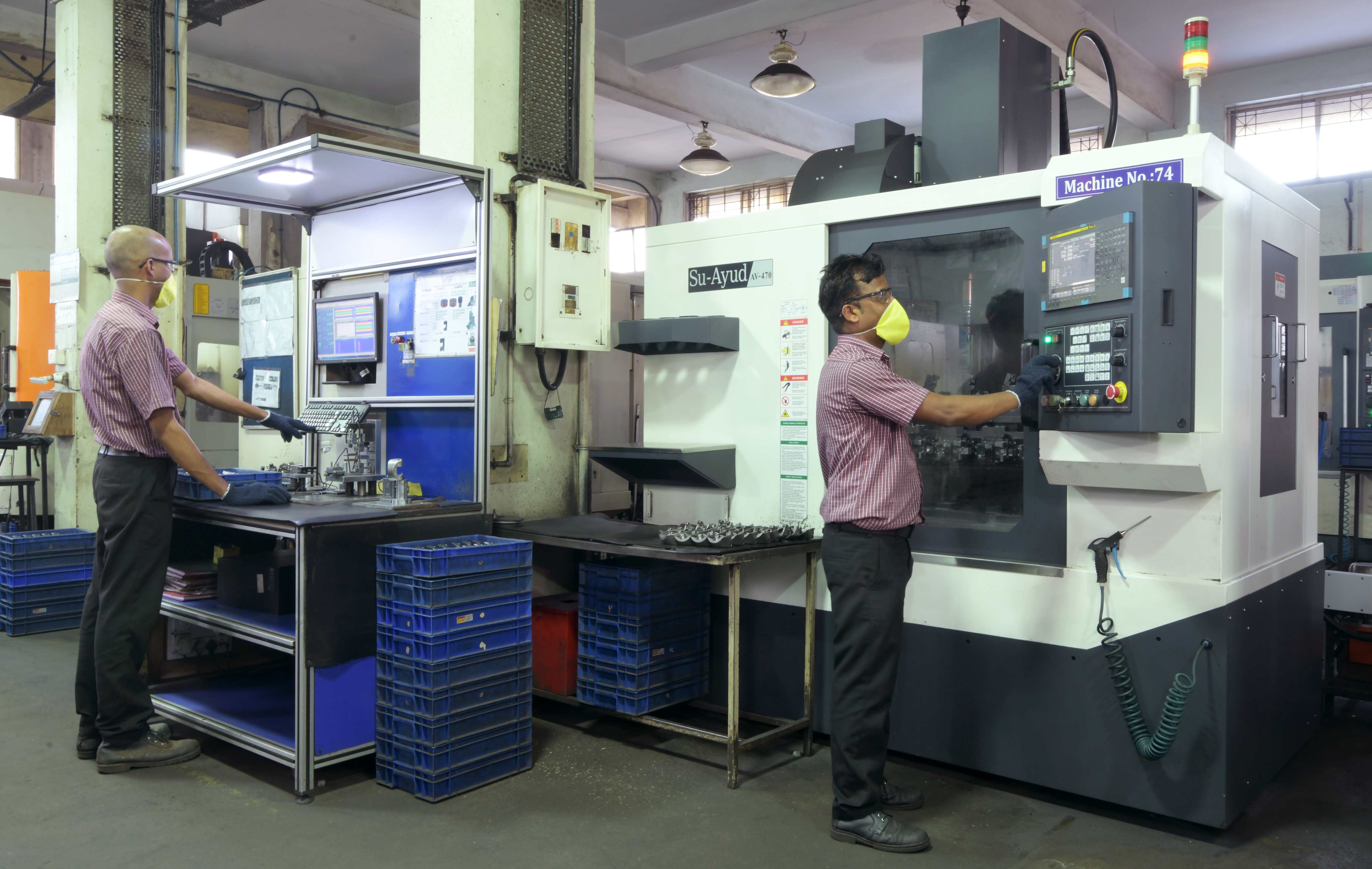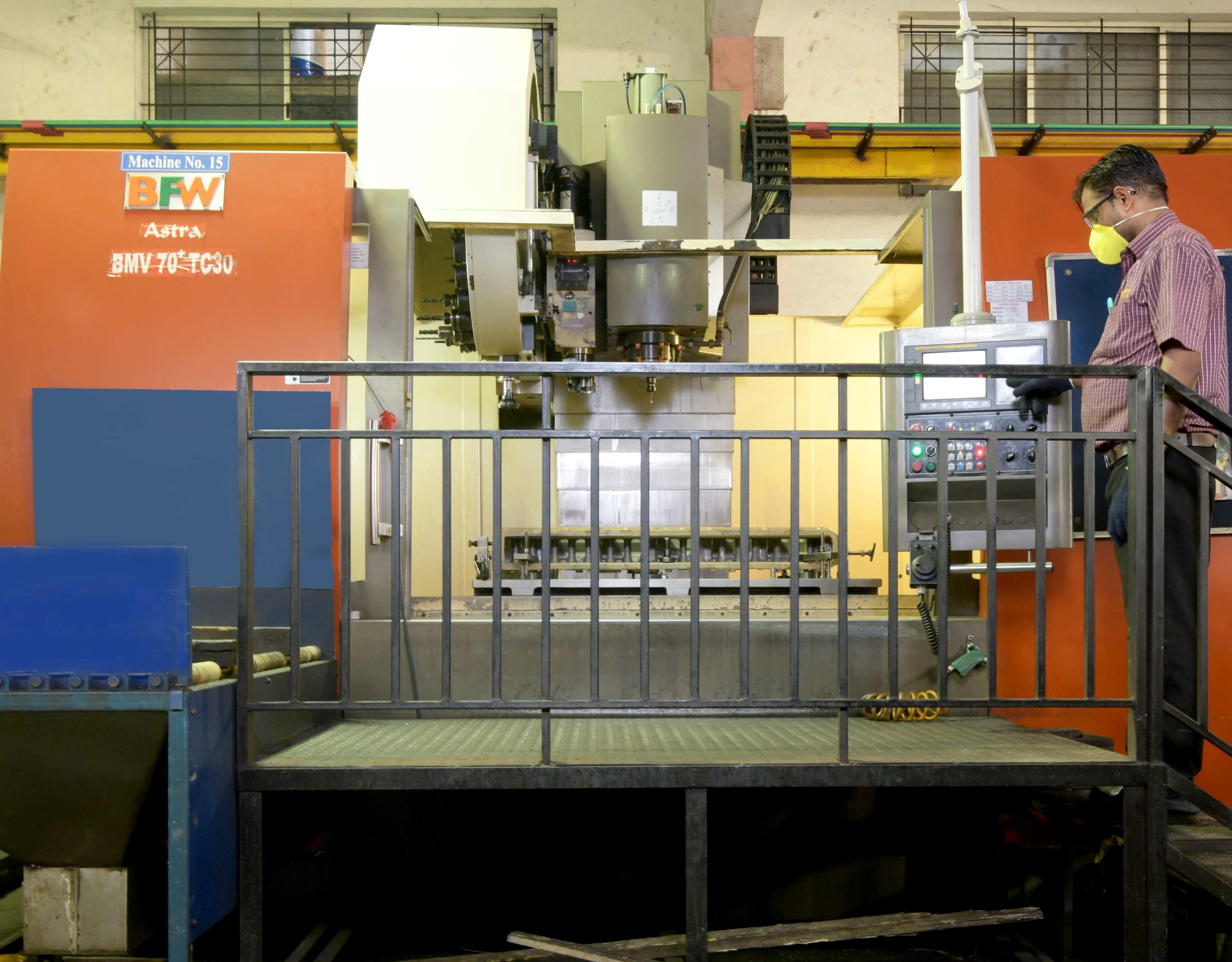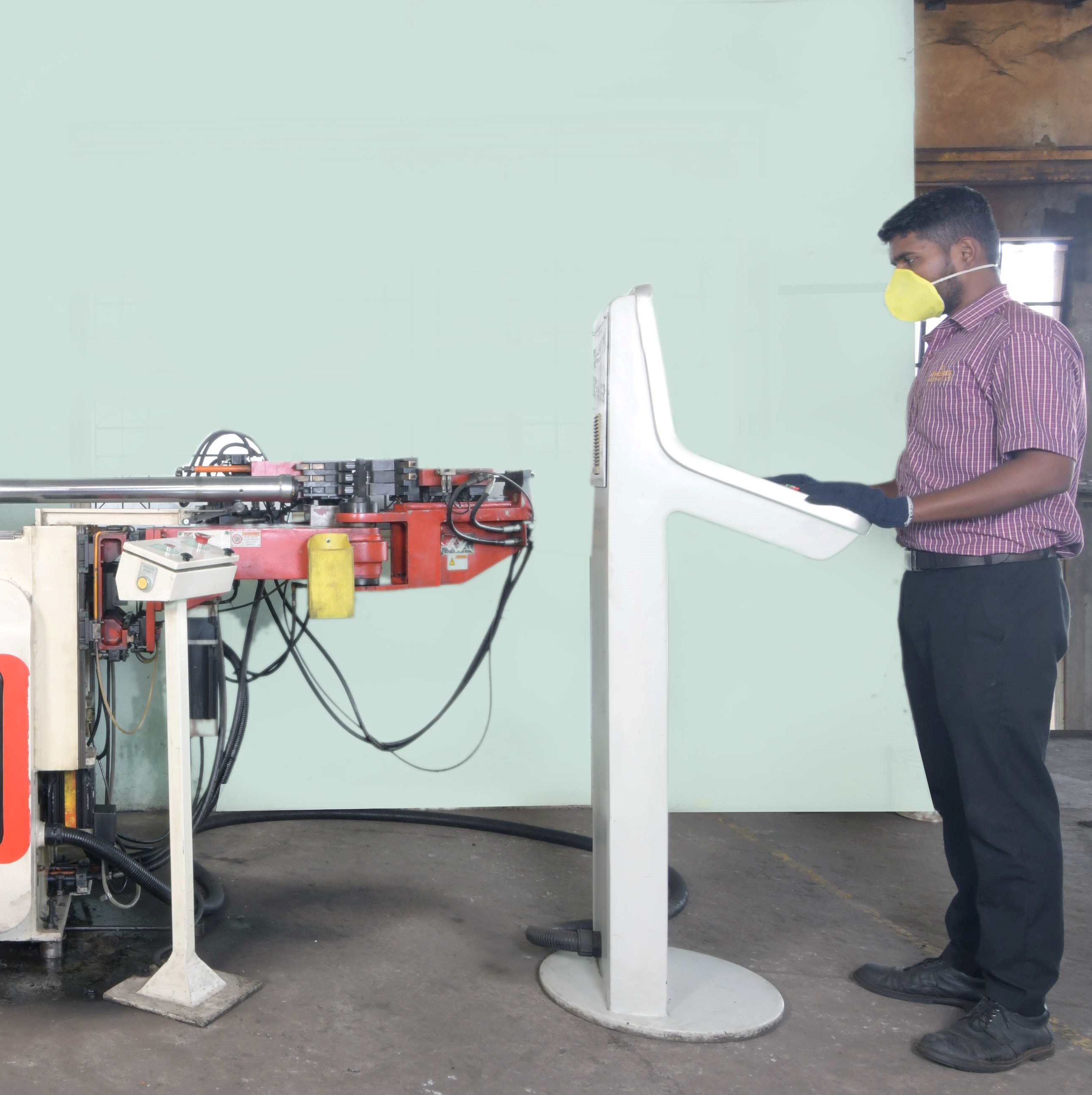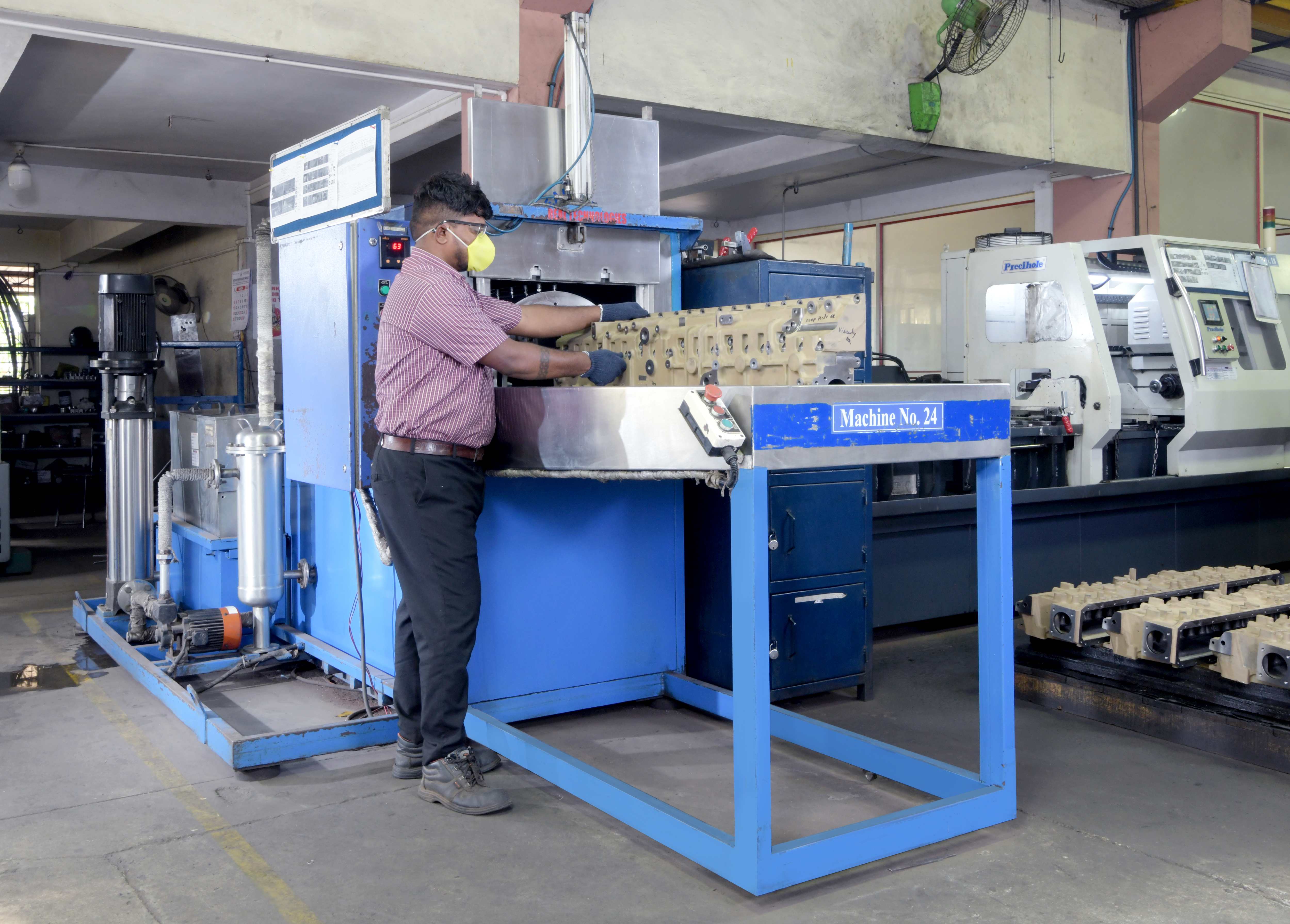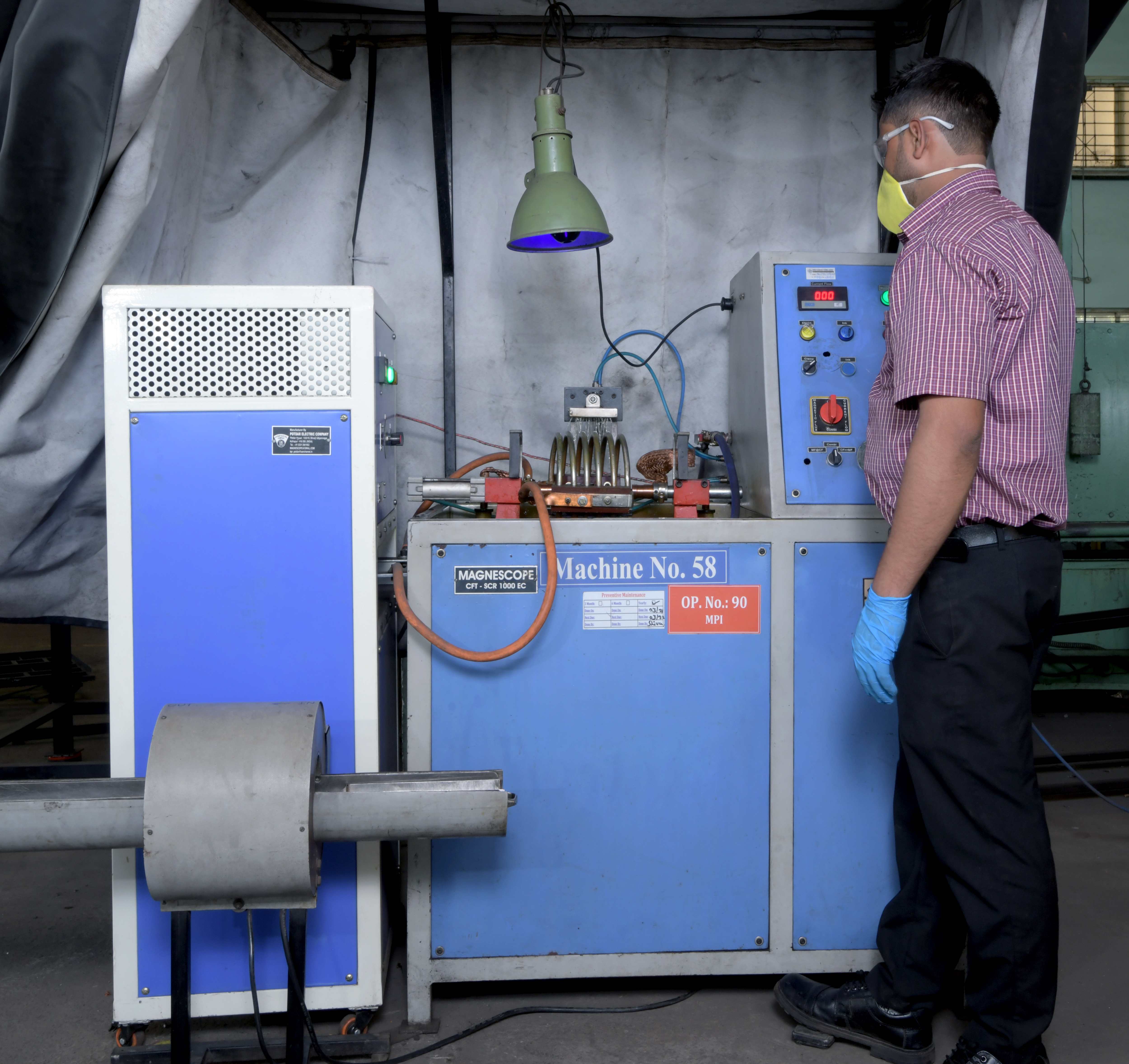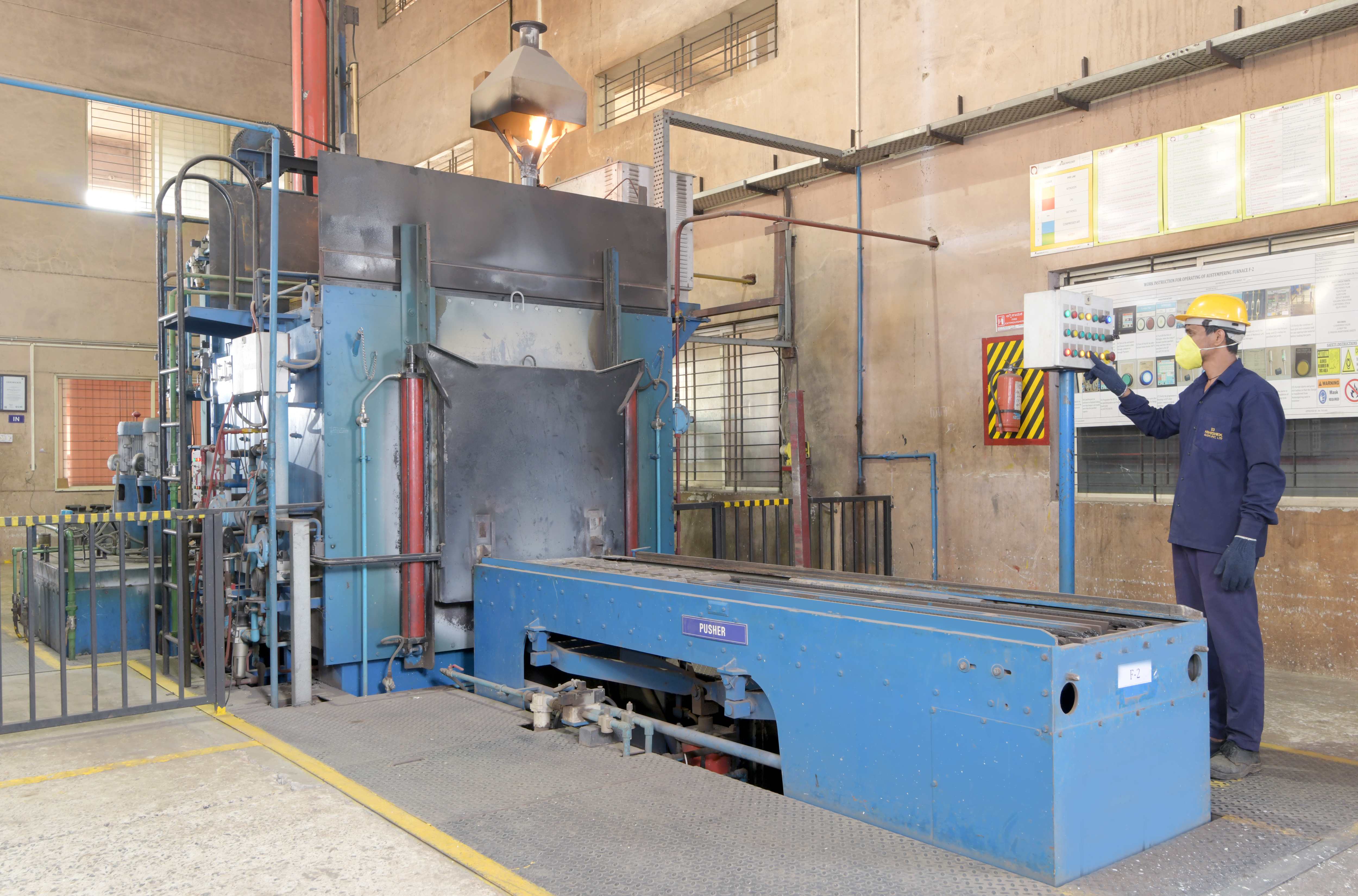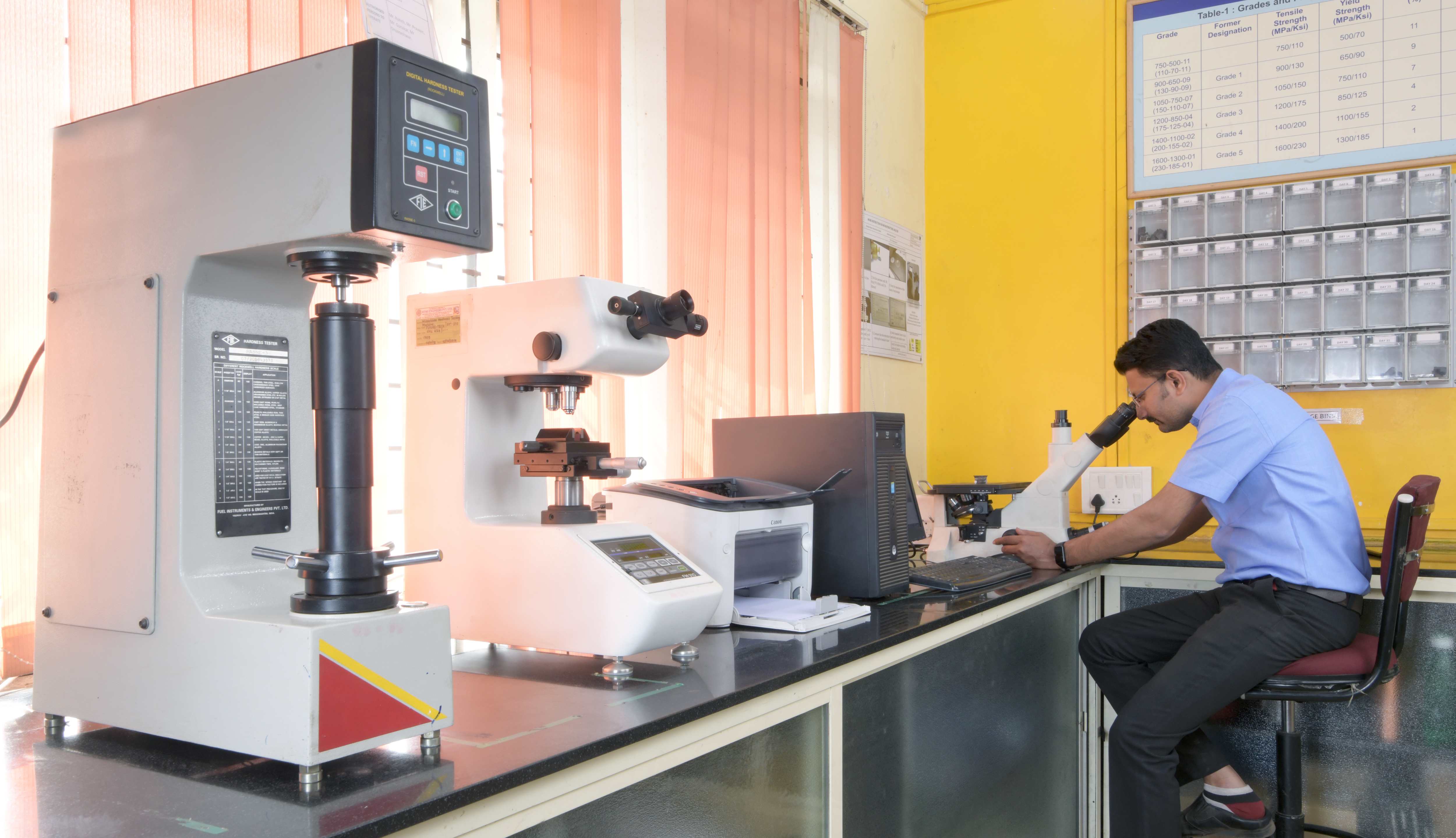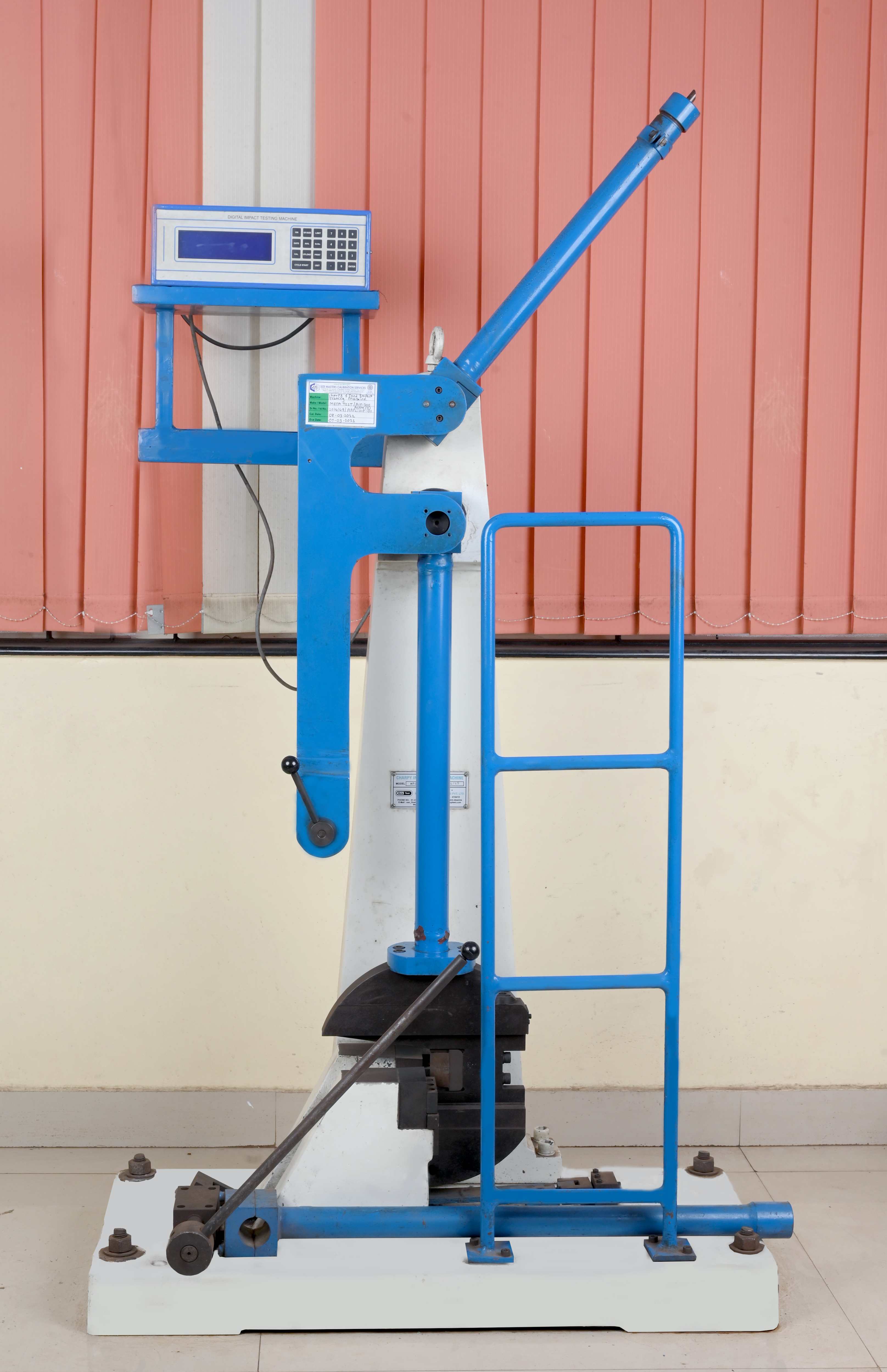

Infrastructure
Resin coated sand division
Resin Coated Sand is manufactured by coating washed and graded dried sand grains with resin and hardener with lubricants by warm coating process. We use specialized design mixer for manufacturing with state of the art technology.
RC Sand facilities
Shell Moulding
Shell moulding is a process where fine silica sand is coated with thermosetting resin. When this sand is brought in contact with high temperature metal pattern, it converts into the shape of the pattern, with high strength.
Shell moulding facilities
Foundry
Foundry is a workshop that produces ferrous castings. Casting is a process where charge(metal scrap, C,Si,Mn, Cu alloys) is loaded in furnace and melted. Liquid metal is poured into a shell mould (based on the product) , afterwhich the solidification of metal takes palce, yielding the required product.
There are many ways of casting like green sand, shell mould, investment ,die casting and etc.
AAPL produces castings through 100% shell mould.
Foundry facilities
Foundry testing facilities
Machine Shop
Machining is a process where material of part is removed using cutting tool to a desired shape and size
Machine shop facilities
Machine shop testing facilities
Heat Treatment
1.Austempering
ADI is a material produced through a specialized heat treatment process applied to a base ductile iron. The ADI process involves high temperature homogenization of components followed by isothermal quenching into molten salt baths at elevated temperatures.
The completed process results in isothermal transformation – Ausferrite in Austempered Ductile Iron, Austempered Grey Iron and Bainite in steels.
Austempering is a high performance heat treatment that imparts superior properties to ferrous materials. At our ADI (Austempered Ductile Iron)facility, we produce -
- Austempered Ductile Iron (ADI)
- Austempered Gray Iron (AGI)
- Austempered Steel Carbo-Austempered™ Steel
- Carbidic Austempered Ductile Iron (CADI)
How does this benefit the product we manufacture for you?
- High strength-to-weight ratio
- Can replace aluminum pound for pound.
- Good wear resistance (Transformation to martensite during field use)
- Good fatigue strength
- Good manufacturability
- Nearer net shape than forgings or weldments
- Excellent as-cast machinability
- Low product cost
- Less cost than comparable steel or aluminum components
To know more about our ADI capability, click here to download AAPL- ADI brochure
2.HARDENING & TEMPERING
The primary aim of the conventional hardening and tempering process is to enhance the mechanical properties of the bulk material, producing specific combinations of tensile/proof strengths, hardness and ductility (impact strengths). The process involves careful heating to high temperatures, ‘soaking’ for specific duration, quenching in polymer or salt – depending on the material and requirements, followed by tempering of the hardened material to partly or substantially relieve quenching stresses and develop the particular properties required.
3.ANNEALING
Annealing is a generic term covering a range of processes which can be carried out at a variety of temperatures. The primary purpose of annealing is to reduce the hardness of a material for subsequent machining. It also increases ductility and helps to eliminate residual stresses. Controlled temperature and controlled cooling is necessary to ensure the correct material structure.
Heat treatment facilities
Heat treatment testing facilities




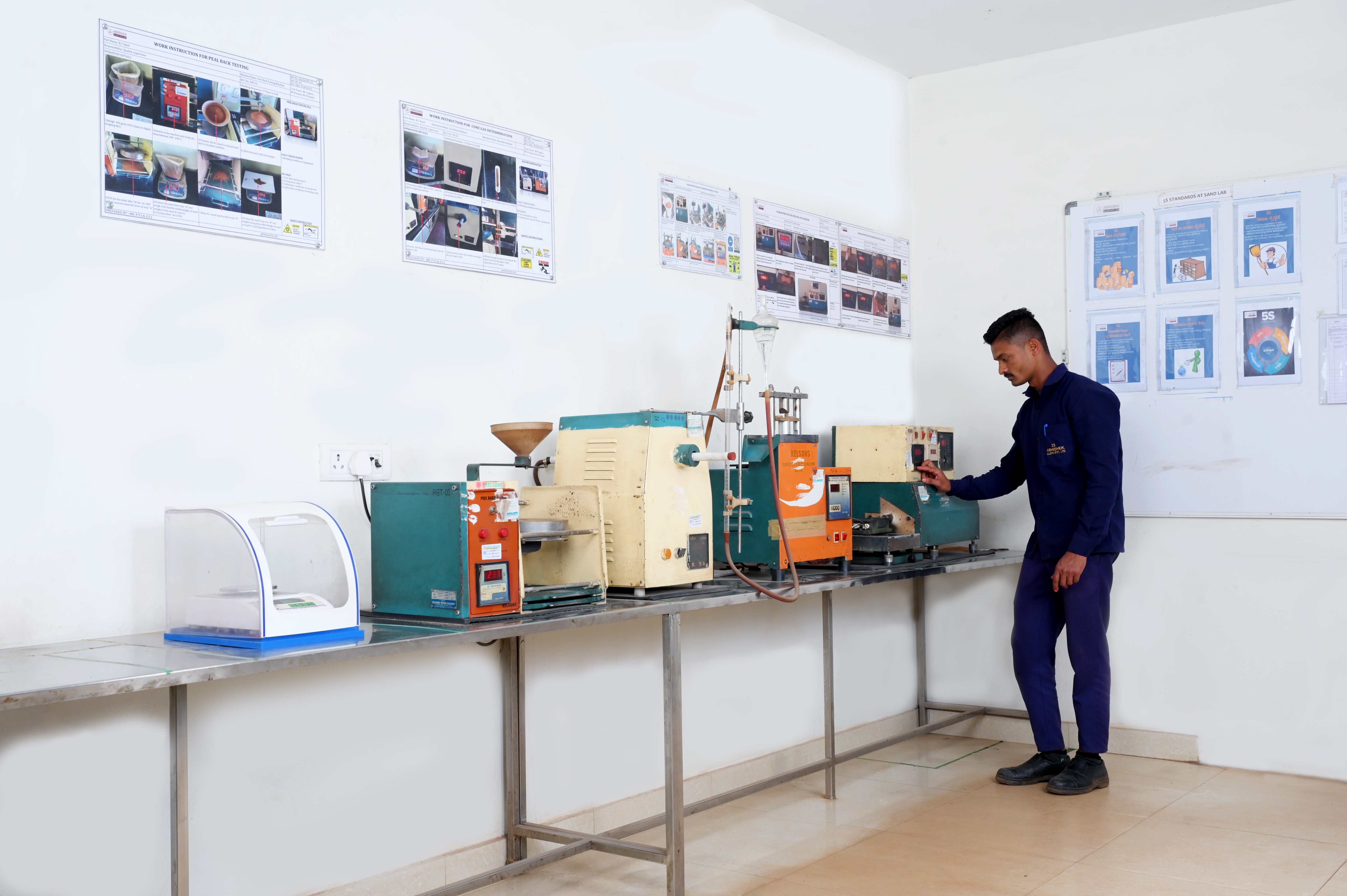
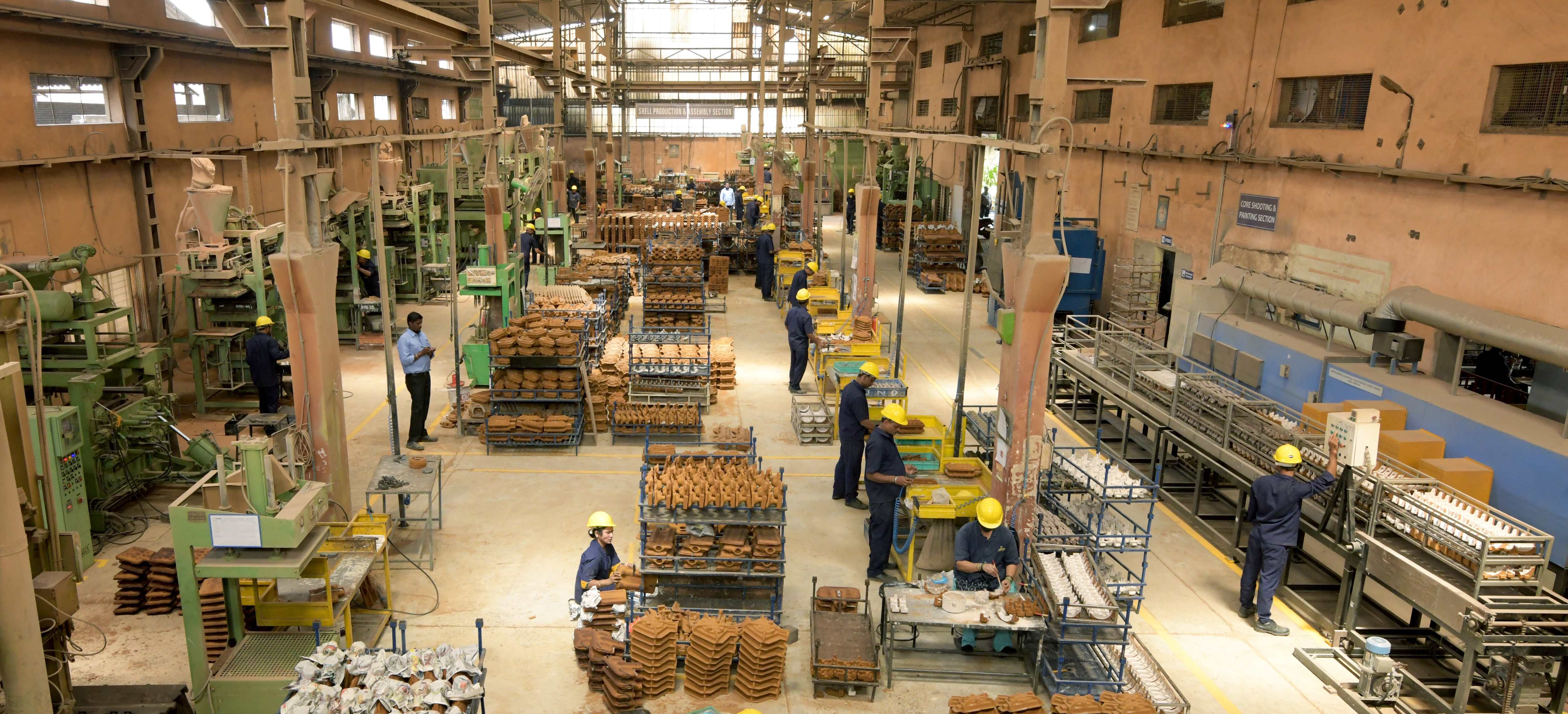



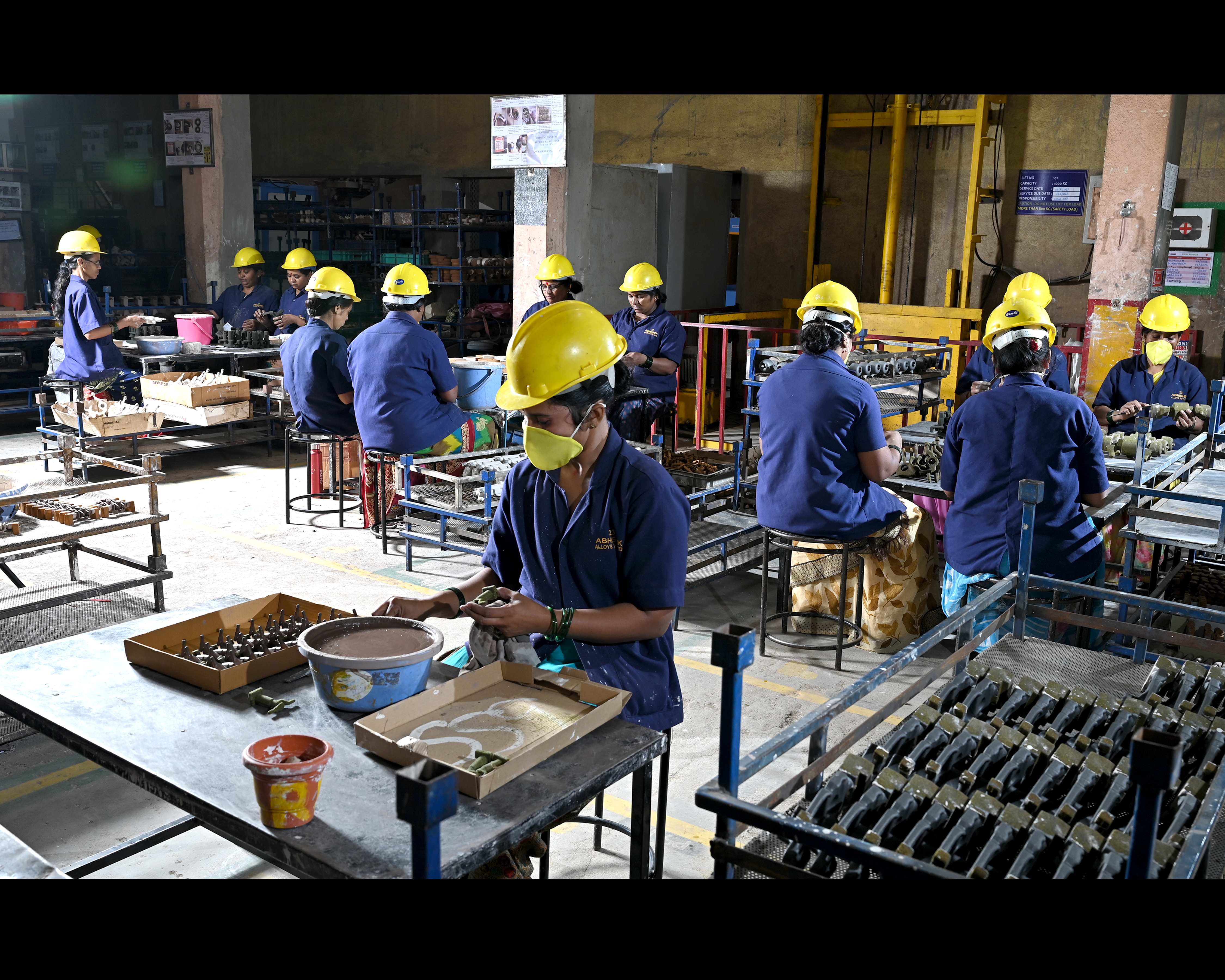




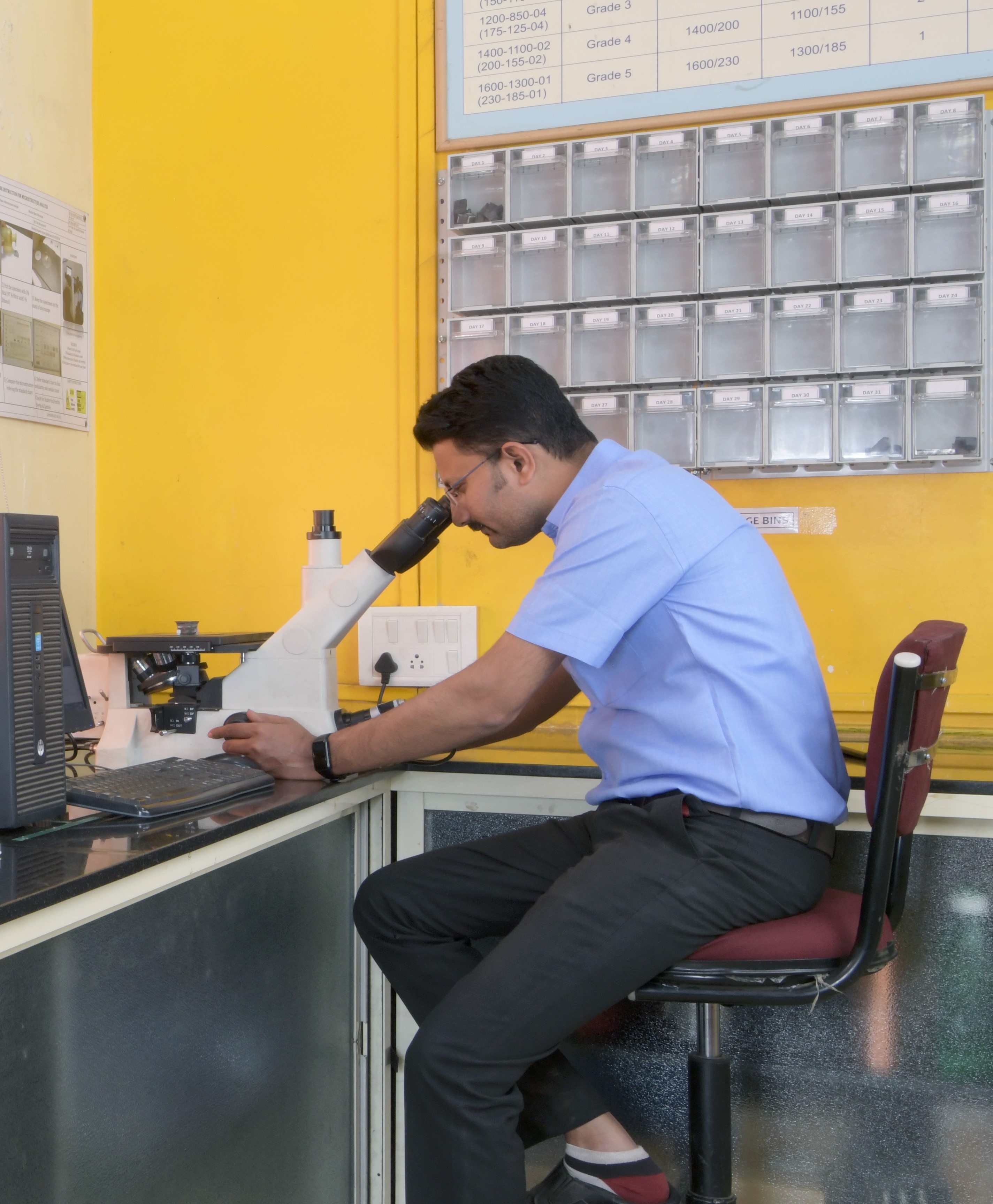



.jpg)
